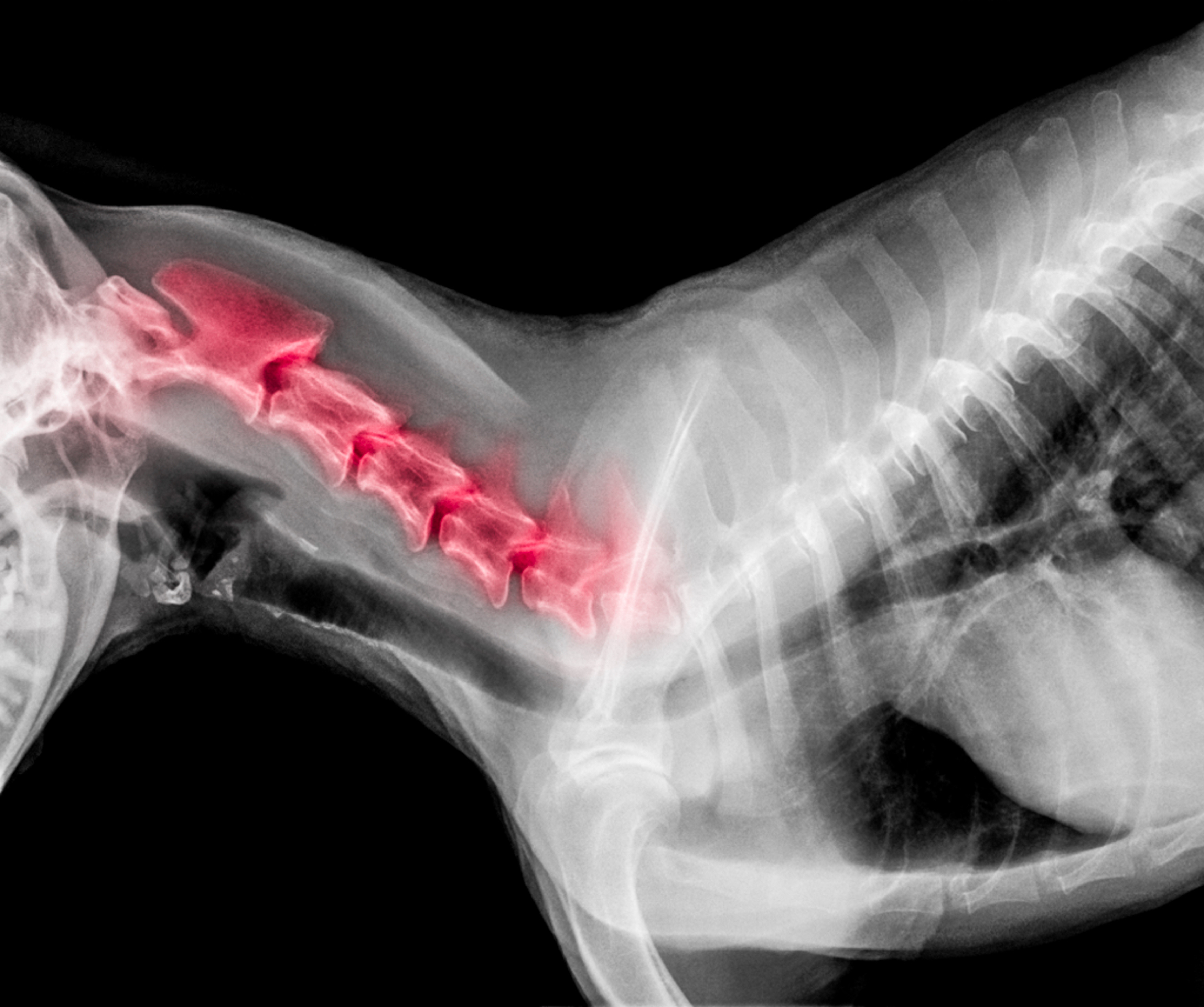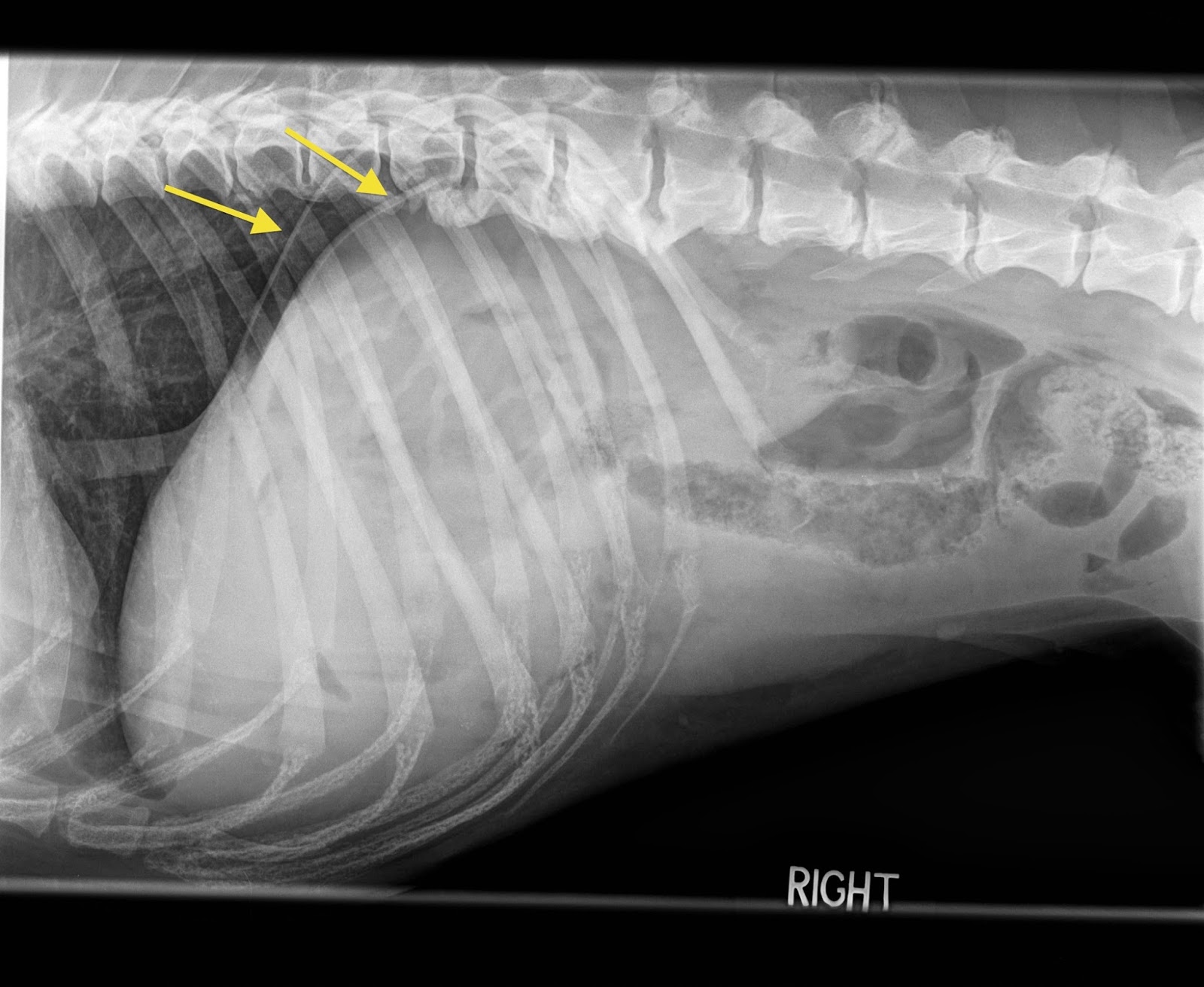Pet xray near me – Searching for “pet x-ray near me”? Look no further! Our comprehensive guide provides all the essential information you need to make informed decisions about your pet’s X-ray needs.
Whether you’re concerned about your furry friend’s health or simply want to ensure their well-being, this guide will help you navigate the world of pet X-ray services with confidence.
Overview of Pet X-ray Services
Pet x-ray services involve using advanced imaging techniques to capture detailed images of a pet’s internal structures, such as bones, organs, and tissues. These x-rays provide valuable diagnostic information to veterinarians, enabling them to assess a pet’s health and diagnose a wide range of medical conditions.
X-rays are a non-invasive and painless procedure that exposes the pet to controlled amounts of radiation to create the images. The resulting images allow veterinarians to visualize the pet’s internal anatomy, identify abnormalities, and detect hidden injuries or diseases that may not be apparent during a physical examination.
Types of Pet X-ray Procedures
There are several types of pet x-ray procedures, each designed for specific diagnostic purposes:
- Routine X-rays:These standard x-rays provide general images of the pet’s body, including bones, lungs, and abdominal organs, to detect common conditions such as fractures, pneumonia, and gastrointestinal issues.
- Contrast X-rays:In this procedure, a contrast agent is administered to the pet before the x-rays are taken. The contrast agent enhances the visibility of specific organs or structures, allowing for more detailed evaluation of the digestive system, urinary tract, or blood vessels.
- Fluoroscopy:This dynamic x-ray technique involves taking a series of rapid x-rays while the pet is moving. It allows veterinarians to observe real-time images of the pet’s internal organs in motion, such as the heart or digestive system.
Local Availability of Pet X-ray Services
If you’re searching for pet x-ray services near you, we’ve compiled a list of nearby providers to assist you in finding the best care for your beloved companion.
These providers offer state-of-the-art x-ray equipment and experienced veterinary professionals who can accurately diagnose and treat your pet’s medical conditions.
Nearby Pet X-ray Providers
- ABC Animal HospitalAddress: 123 Main Street, Anytown, CA 12345 Phone: (555) 123-4567 Website: www.abcanimalhospital.com
- XYZ Veterinary ClinicAddress: 456 Oak Street, Anytown, CA 12345 Phone: (555) 789-0123 Website: www.xyzveterinaryclinic.com
- Pet Care CenterAddress: 789 Maple Street, Anytown, CA 12345 Phone: (555) 456-7890 Website: www.petcarecenter.com
Factors to Consider When Choosing a Pet X-ray Provider

Selecting a qualified pet X-ray provider is crucial for accurate and reliable results. Consider the following factors:
Experience and Expertise
Choose a provider with experienced and certified veterinary technicians or radiologists who specialize in pet X-rays. They should have a deep understanding of animal anatomy and X-ray interpretation.
Equipment and Technology
The quality of X-ray images depends on the equipment used. Ensure the provider has state-of-the-art digital X-ray machines that produce clear and detailed images. Advanced technology, such as computed tomography (CT) scans, may also be available for more comprehensive examinations.
Customer Service and Reputation
Choose a provider with a good reputation for providing excellent customer service. They should be responsive, communicative, and willing to answer any questions you may have. Check online reviews and ask for recommendations from other pet owners.
Cost and Insurance Coverage for Pet X-rays
Pet x-rays can vary in cost depending on the size of the animal, the number of x-rays needed, and the location of the veterinary clinic. Generally, pet x-rays can range from $50 to $250.
Many pet insurance policies cover x-rays, but it’s important to check with your provider to confirm coverage and any applicable deductibles or co-pays.
How to Determine if Insurance Covers Pet X-rays
To determine if your pet insurance covers x-rays, you can:
- Review your policy documents to check for coverage details.
- Contact your insurance provider directly to inquire about coverage.
- Check your policy’s online portal or app for coverage information.
Preparing Your Pet for an X-ray Procedure

Preparing your pet for an X-ray procedure is crucial to ensure a smooth and successful experience. Here’s a comprehensive guide to help you:
Fasting Requirements:
- For most pets, fasting for 8-12 hours before the X-ray is recommended to minimize the risk of vomiting during the procedure.
- Water should be withheld for 2-4 hours before the X-ray.
- However, if your pet has specific medical conditions or is on medications, consult your veterinarian for specific fasting instructions.
Other Precautions:
- Inform your veterinarian about any recent surgeries, illnesses, or medications your pet has received.
- Remove any collars, leashes, or harnesses from your pet before the procedure.
- If possible, bring a familiar blanket or toy to help calm your pet during the X-ray.
Tips for Reducing Stress:
- Stay calm and reassuring with your pet throughout the preparation and procedure.
- Talk to your pet in a soothing voice and gently pet them.
- If your pet is particularly anxious, consult your veterinarian about sedation options.
Interpreting Pet X-ray Results
Interpreting pet x-ray results is a crucial step in diagnosing and treating medical conditions in animals. X-rays provide valuable insights into the internal structures of the body, revealing information about bones, organs, and other tissues. By understanding how to interpret these images, veterinarians can accurately identify abnormalities and make informed decisions about the best course of action for their patients.
The interpretation of pet x-ray results involves a systematic approach, considering various factors such as the density, shape, size, and location of structures within the image. The following are some common findings that may be observed on pet x-rays:
Bone Abnormalities
- Fractures:Breaks or cracks in the bone, which can appear as dark lines or disruptions in the normal bone structure.
- Arthritis:Degenerative changes in the joints, characterized by narrowing of the joint space and the presence of bony spurs or osteophytes.
- Bone tumors:Abnormal growths on the bone, which can vary in appearance depending on the type of tumor.
Organ Abnormalities, Pet xray near me
- Enlarged organs:Organs that appear larger than normal, indicating potential inflammation, infection, or other underlying conditions.
- Masses or tumors:Abnormal growths within the organs, which can be benign or malignant.
- Foreign bodies:Objects that have been ingested or otherwise entered the body, such as bones, toys, or other materials.
Other Abnormalities
- Pneumonia:Inflammation of the lungs, characterized by the presence of fluid or infiltrates in the lung tissue.
- Heart disease:Abnormalities in the size, shape, or function of the heart, which can be detected by observing changes in the heart shadow.
- Abdominal effusion:Fluid accumulation in the abdominal cavity, which can indicate various underlying conditions.
By carefully analyzing and interpreting pet x-ray results, veterinarians can gain valuable insights into the health status of their patients. This information is essential for making accurate diagnoses, determining appropriate treatment plans, and monitoring the progress of medical conditions.
Advanced Pet X-ray Techniques
Beyond traditional X-rays, advanced imaging techniques offer more comprehensive and precise diagnostic capabilities for pets. These include CT scans, MRI scans, and ultrasound.
CT Scans
Computed tomography (CT) scans utilize rotating X-ray beams to create cross-sectional images of the body. They provide detailed views of internal structures, such as organs, bones, and blood vessels. CT scans excel in diagnosing complex fractures, tumors, and other abnormalities.
MRI Scans
Magnetic resonance imaging (MRI) scans use magnetic fields and radio waves to produce highly detailed images of soft tissues. MRI scans are particularly valuable for evaluating the brain, spinal cord, and other soft tissue structures. They aid in diagnosing neurological disorders, spinal injuries, and soft tissue tumors.
Ultrasound
Ultrasound utilizes sound waves to create real-time images of internal organs and tissues. It is commonly used to examine the heart, abdomen, and reproductive organs. Ultrasound is also helpful for guiding biopsies and other procedures.
Final Thoughts

With this guide, you’re now equipped to find the best pet X-ray services near you, ensuring your beloved companion receives the highest quality care. Remember, your pet’s health and well-being are paramount, and this guide is here to support you every step of the way.
Common Queries: Pet Xray Near Me
What are the benefits of pet X-rays?
Pet X-rays provide valuable insights into your pet’s internal structures, helping diagnose a wide range of conditions, from bone fractures to organ abnormalities.
How much do pet X-rays cost?
The cost of pet X-rays varies depending on the type of procedure and the location of the clinic. On average, you can expect to pay between $100 and $300.
How can I prepare my pet for an X-ray procedure?
Most pets require fasting for 12 hours before an X-ray procedure. Other preparations may include removing any metal objects from your pet’s collar or harness.